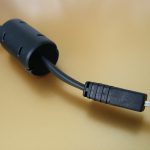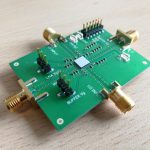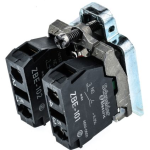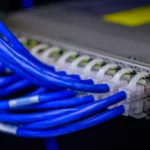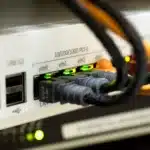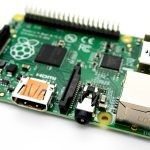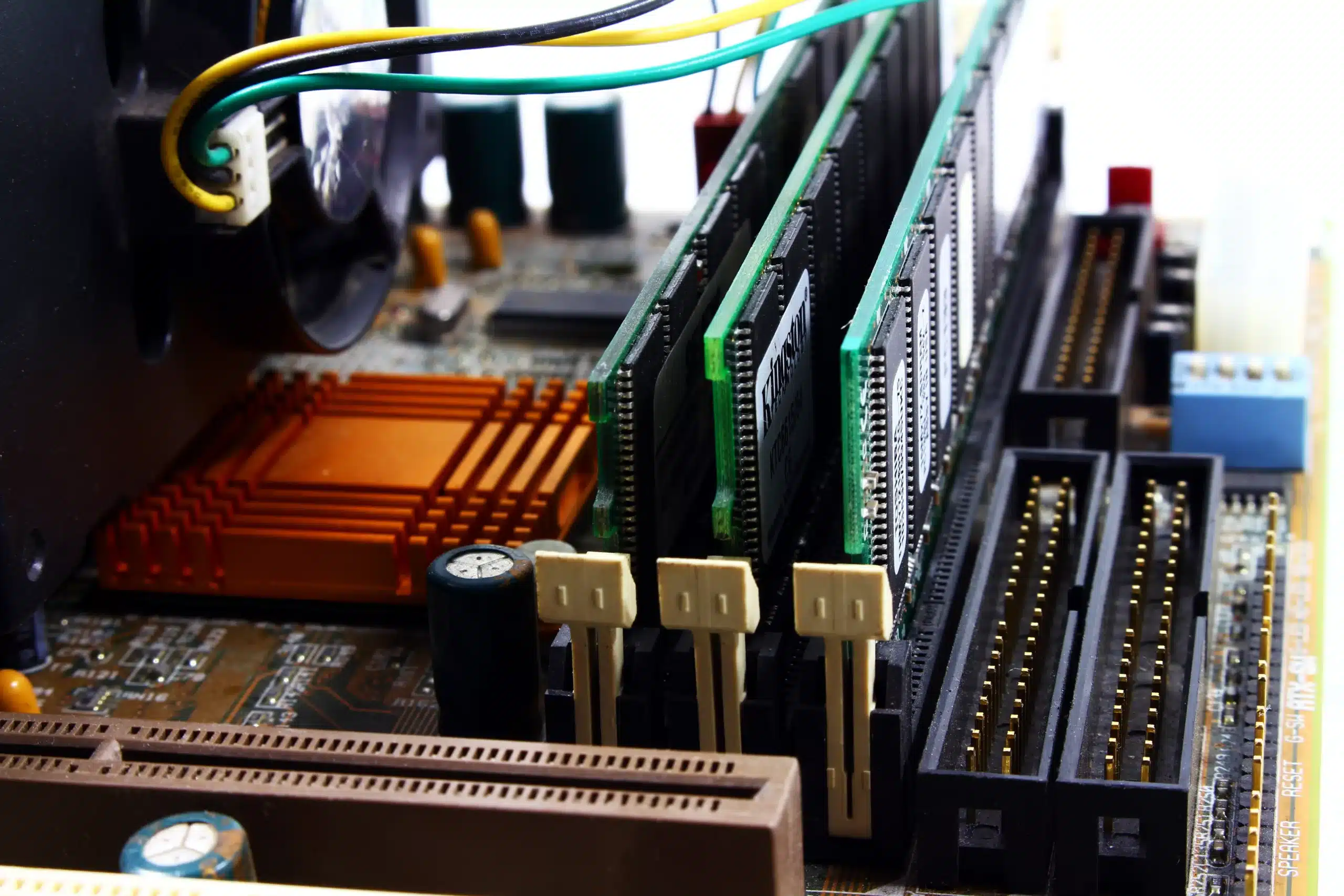
Introduction
The railway industry has recently undergone significant technological advancements, providing an efficient, reliable, and sustainable means of moving people and goods across vast distances. One crucial aspect of modern railway systems is power delivery, which requires converting electrical power from various sources to keep the trains running smoothly and reliably. DC/DC converters are key components in this system, facilitating the efficient delivery of electrical power to various subsystems within the railway network. This article explores the essential role of DC/DC converters in railway power delivery, emphasising their importance, types, benefits, and applications they bring to the industry.
Introduction to Railway Power Delivery
Railways often span long distances and operate in various environmental conditions, demanding a robust and efficient power delivery system. Railway power delivery refers to the design and infrastructure–providing electrical power to the fundamental components of a railway network, including trains, signalling systems, and stations. Unlike traditional power distribution systems, railways require a power supply for moving vehicles, making the process more complex. This power can be sourced from overhead catenary systems, third rails, or on-board generators. However, the supplied or generated power voltage and frequency may not always match the trains’ electrical systems requirements. Thus, innovative and durable devices (DC-DC converters) are needed to improve the efficiency and reliability of railway power systems.
DC-DC Converters for Railway Power Systems: The Need for Voltage Conversion
One of the primary challenges in railway power delivery is the variation in power supply voltage levels. Different railway systems and regions may use different voltage standards. For instance, European railways often use 25kV AC, while North American systems typically use 12kV AC or 600V DC. On the other hand, trains require specific voltage levels to operate efficiently and safely. This is where DC/DC converters come into play.
Functions of DC/DC Converters in Railway Power Delivery
DC/DC converters are critical components in railway power delivery systems, ensuring efficient and reliable operation of different subsystems while meeting specific voltage and power requirements. Some of the essential functions include:
- Voltage Transformation: DC/DC converters are devices designed to transform one direct current (DC) voltage level into another. In railway applications, they convert the incoming power supply voltage to the voltage required by the train’s systems, ensuring the proper voltage level delivery for various on-board components.
- Isolation: DC/DC converters also provide electrical isolation between the input and output circuits–ensuring safety and preventing electrical faults from propagating through the system. The isolation capabilities of bespoke converters protect the train and passengers from harm during short circuits or other electrical concerns.
- Voltage Regulation: DC/DC converters help maintain a stable output voltage despite variations in the input voltage or load conditions. This stability is vital for the consistent performance of the train’s electrical systems.
Types of DC/DC Converters in Railway Applications
Several types of DC/DC converters are used in railway applications, each designed to meet specific voltage and power requirements. Some of the most common DC-DC converter types in railway applications include:
- Boost Converters
- Buck Converters
- Buck-boost Converters
- Bidirectional Converters
- Isolated DC-DC Converters
- Railway-Grade Converters
- Regenerative Braking Converters
- Resonant Converters
- High-Frequency Converters
- Distributed Power Converters
- Synchronous Rectifiers.
Applications and Benefits of DC/DC Converters in Railway Systems
DC to DC converters are indispensable in robust railway power delivery systems, providing unprecedented benefits, including:
- Voltage Compatibility
One of the primary functions of DC/DC converters in railway power delivery is to manage voltage compatibility. Trains often operate at different voltage levels depending on their location and type. DC/DC converters enable the conversion of voltage levels to ensure efficient power supply to various subsystems, such as traction, lighting, and auxiliary systems.
- Energy Efficiency
Efficiency is crucial in railway power delivery to minimise energy wastage and reduce operational costs. DC/DC converters are highly efficient devices that help convert electrical power from one voltage level to another with minimal losses. This is especially important in railway applications, where energy conservation is a key consideration.
- Traction Systems
The heart of a train’s power delivery system is its traction system–which is responsible for propelling it forward. DC/DC converters are integral to these systems, ensuring power is efficiently delivered to the traction motors. By converting and controlling the voltage and current, bespoke converters optimise the performance of these systems, resulting in smoother acceleration and deceleration and reduced wear and tear on components.
- Auxiliary Systems
Apart from traction, modern trains are equipped with various auxiliary systems such as lighting, heating, air conditioning, and passenger information systems. These systems require power at different voltage levels, often lower than what is supplied to the traction system. DC/DC converters step down the voltage and deliver the necessary power to these subsystems, ensuring passenger comfort and safety.
- Battery Charging
Modern railway systems increasingly adopt energy storage solutions, such as batteries, for regenerative braking and emergency backup power. DC-DC converters are used to charge and discharge these batteries efficiently.
- Redundancy and Reliability
Railway systems demand high levels of reliability to ensure passengers’ safety and the network’s efficient operation. DC-DC converters provide reliable redundancy and minimise downtime and disruptions to train services.
Concluding Remarks
DC/DC converters serve as the backbone of railway power delivery, enabling various functions to ensure the efficient and reliable operation of different subsystems while meeting specific voltage and power requirements. These versatile devices are modernising and enhancing the sustainability of railway transportation, contributing to sustainable and energy-efficient railway power systems. As technology advances, the role of DC/DC converters in railway power delivery will become more crucial in shaping the future of rail transportation.









